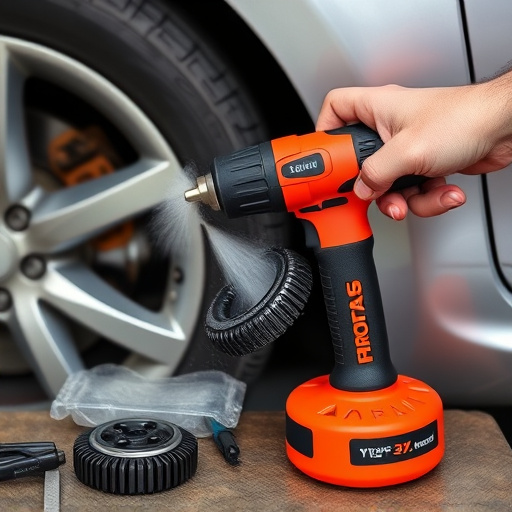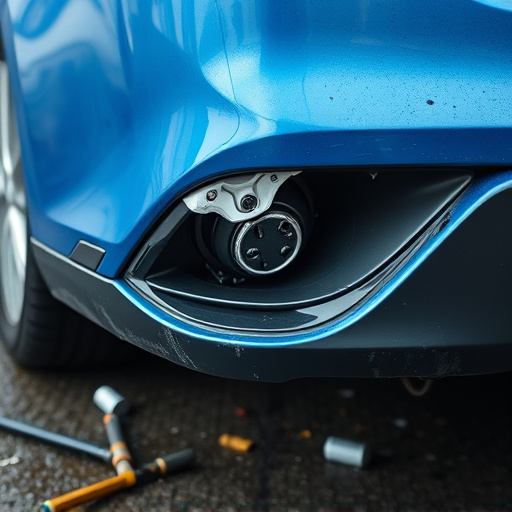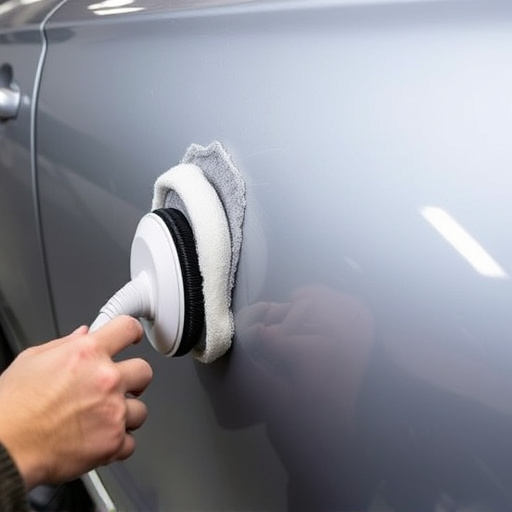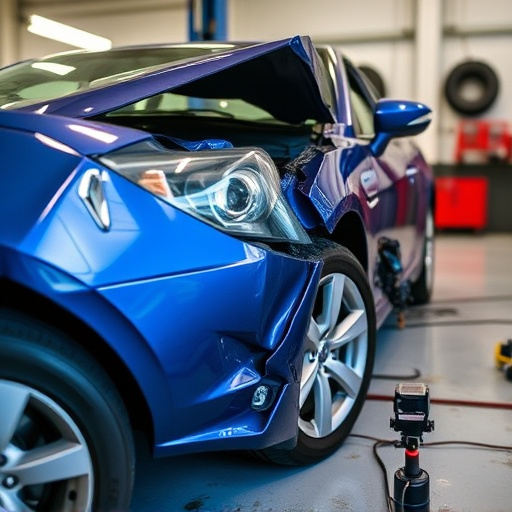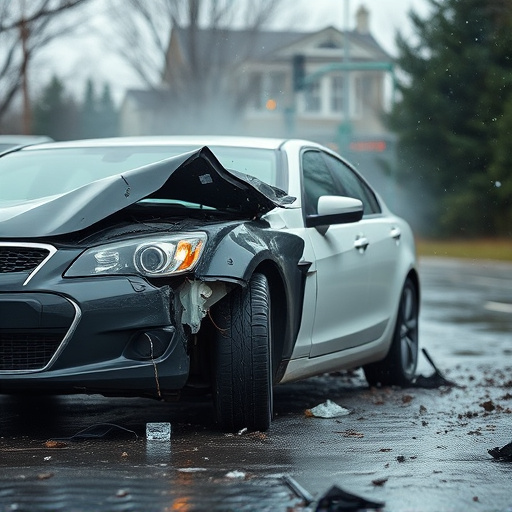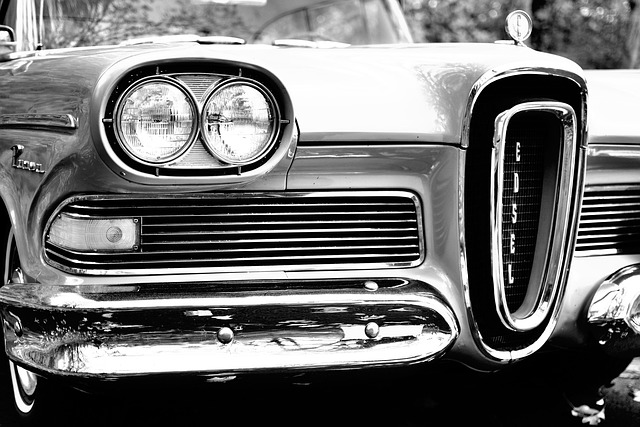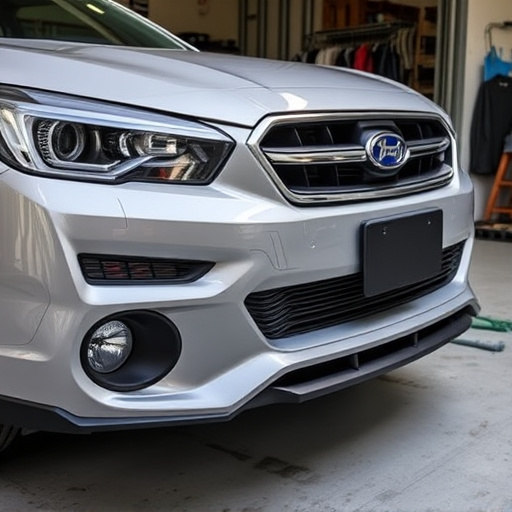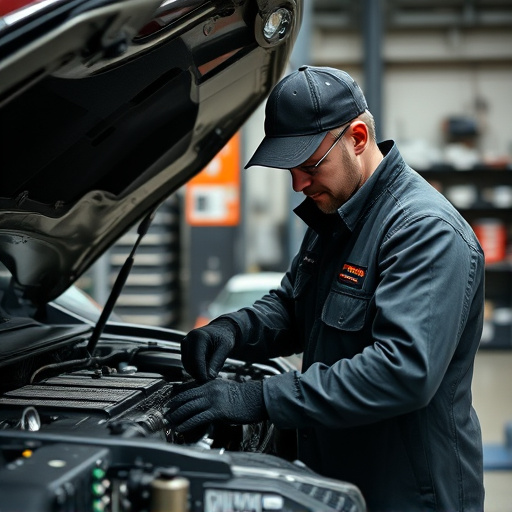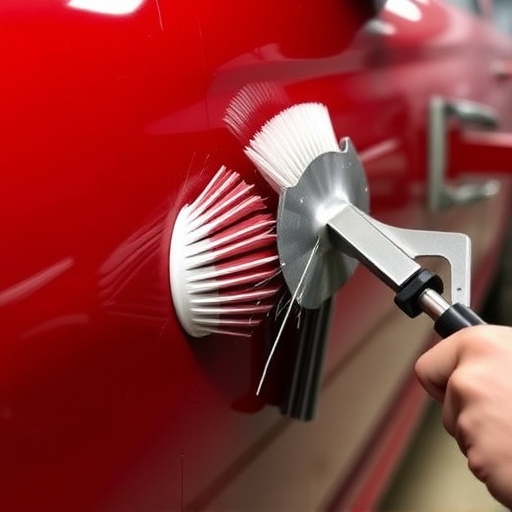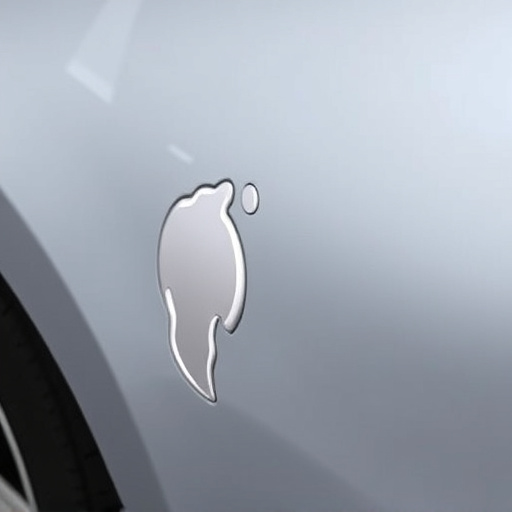A collision claim settlement is a multifaceted process aimed at fairly compensating individuals for damages stemming from car accidents, involving insurers, claimants, and legal representatives. It begins with assessing damage and determining liability, followed by negotiations between adjusters to agree on financial aspects like parts replacement and labor costs. Key factors influencing settlements include the extent of vehicle damage (particularly frame damage or major component replacements), pre-accident value, insurance coverage (comprehensive or collision), and market depreciation. Efficient settlements are facilitated by comprehensive/collision coverage, streamlining repairs and ensuring fair compensation based on these considerations.
Navigating a collision claim settlement can be complex, but understanding the process is crucial for a smooth experience. This article demystifies the basics of collision claim settlements, offering insights into what these settlements entail and how they are reached. We’ll guide you through each step, from defining the claim to considering factors that influence outcomes. By the end, you’ll have a clearer picture of your rights and options when dealing with collision-related insurance claims.
- What is a Collision Claim Settlement?
- The Process of Settling a Collision Claim
- Factors Affecting Collision Claim Settlements
What is a Collision Claim Settlement?

A collision claim settlement refers to the process and outcome of resolving financial claims arising from a motor vehicle collision. When two or more vehicles are involved in an accident, damages may include property damage, personal injury, or both. The collision claim settlement involves several key players, including insurance companies, claimants (the individuals or entities seeking compensation), and sometimes legal representatives.
The goal of a collision claim settlement is to provide fair and just compensation for the losses incurred during the auto incident. This includes not only covering the cost of vehicle repair or car restoration but also addressing medical expenses, lost wages, and other associated damages. The process typically involves negotiating with insurance companies to reach an agreement on the value of the claims, ensuring that all parties involved are satisfied with the outcome, and facilitating the timely execution of payments for auto maintenance and related services.
The Process of Settling a Collision Claim

When settling a collision claim, the first step is for all parties involved to assess the damage and agree on the extent of responsibility. This often involves an exchange of information—details about the incident, insurance policies, and immediate assessments of the vehicle’s repair needs. Once this foundational work is complete, the process narrows down to negotiating the financial aspect of the claim.
Insurance adjusters from both parties meet to discuss the costs associated with repairs, including parts replacement, labor fees, and any additional services required for car body repair. This negotiation aims to reach an agreement on compensation that aligns with the actual cost of collision repair. In some cases, especially if extensive frame straightening is needed, this process can be intricate, requiring careful consideration of every detail to ensure a fair collision claim settlement.
Factors Affecting Collision Claim Settlements
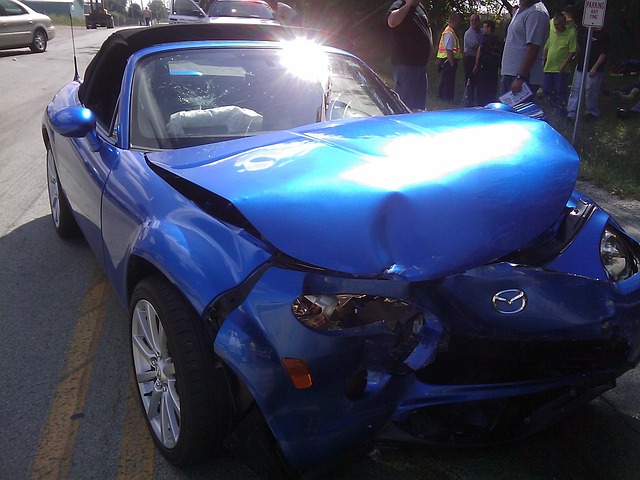
When it comes to collision claim settlements, several factors play a significant role in determining the final outcome. One of the primary considerations is the extent of vehicle damage. The complexity and cost of repairs directly impact the settlement amount. For instance, extensive frame damage or replacement of major components like engines or transmissions will significantly increase repair costs, reflecting in the claim’s settlement.
Another crucial aspect is the value of the vehicle before the collision. Insurance companies assess the pre-accident condition of the vehicle to ensure fair compensation. Market value and depreciation are key factors here. Additionally, the type of insurance coverage held by the policyholder affects settlements. Comprehensive or collision coverage is essential as it helps in covering these repair costs, ultimately streamlining the settlement process for both parties involved.
Understanding the basics of collision claim settlement is crucial for anyone involved in an automotive accident. By familiarizing yourself with the process and factors that influence these settlements, you can better navigate the complexities of insurance claims. Remember that each case is unique, but knowing the key elements at play can help ensure a fair outcome. As you move forward, delve into these topics to become a more informed consumer and advocate for your rights in collision claim settlements.
